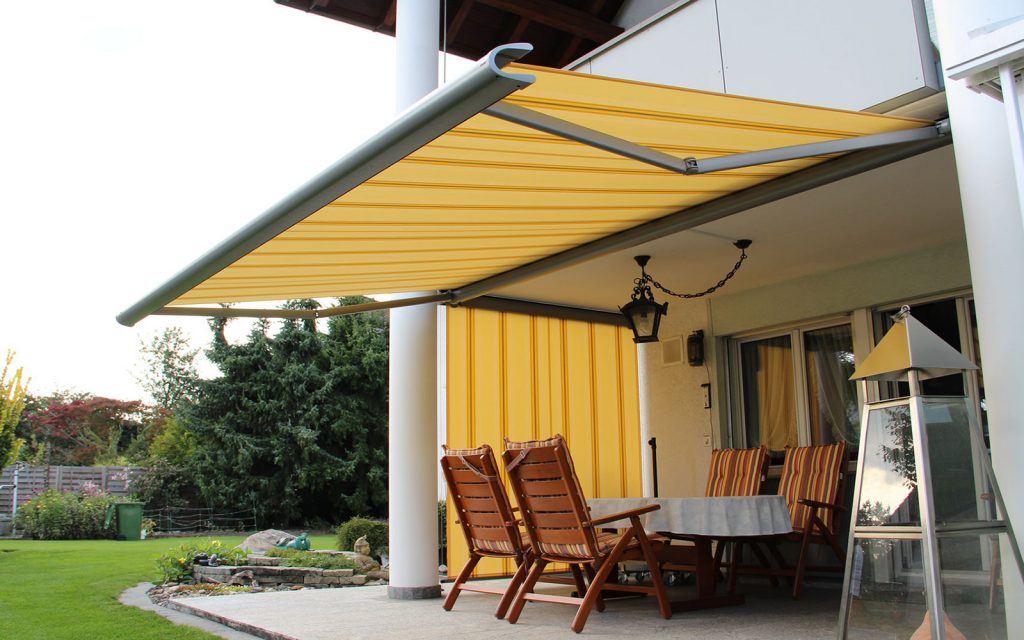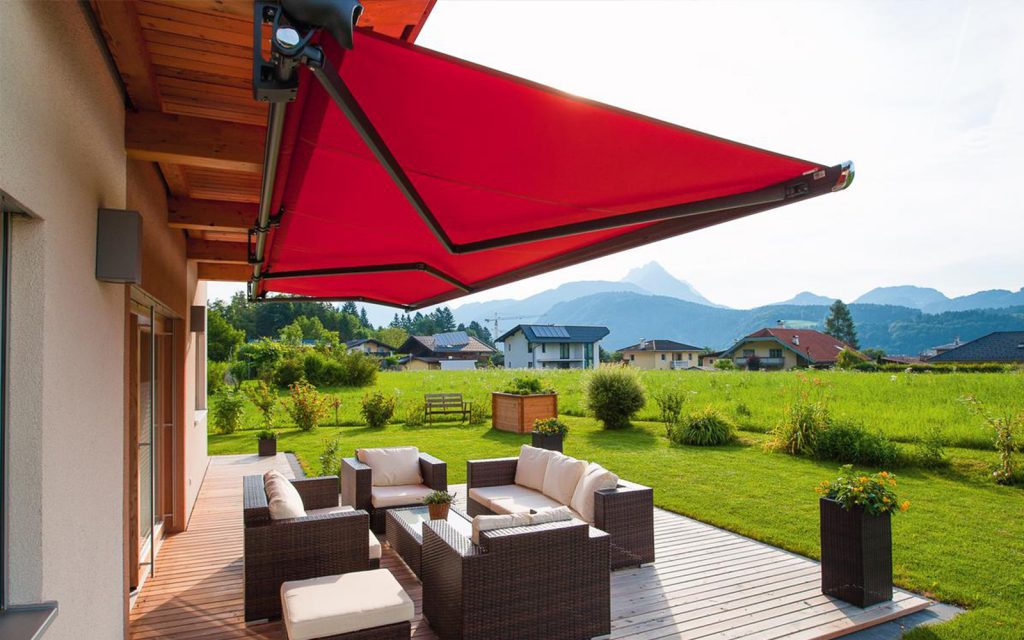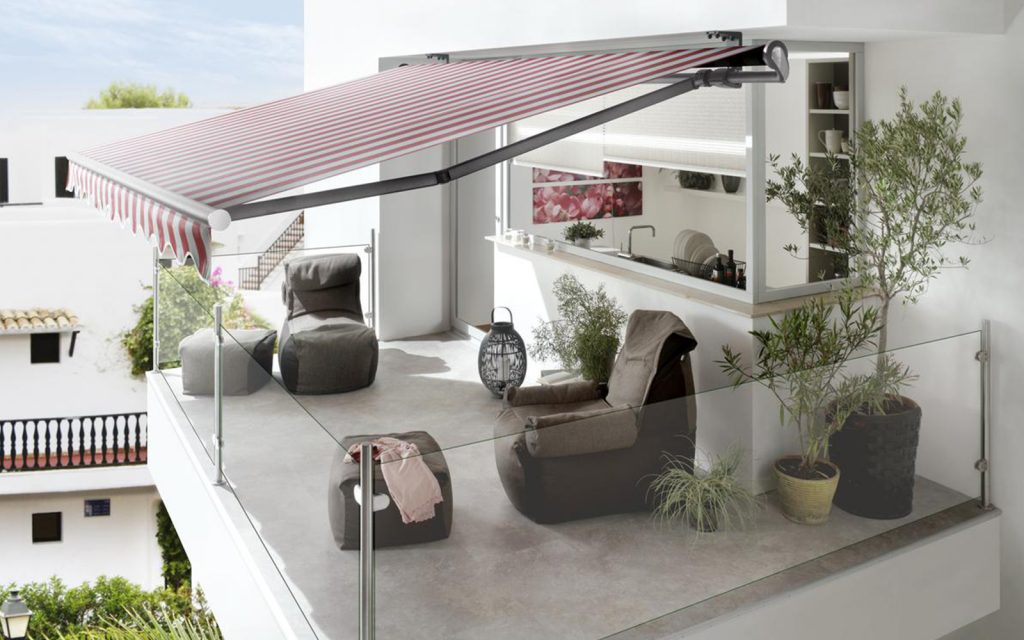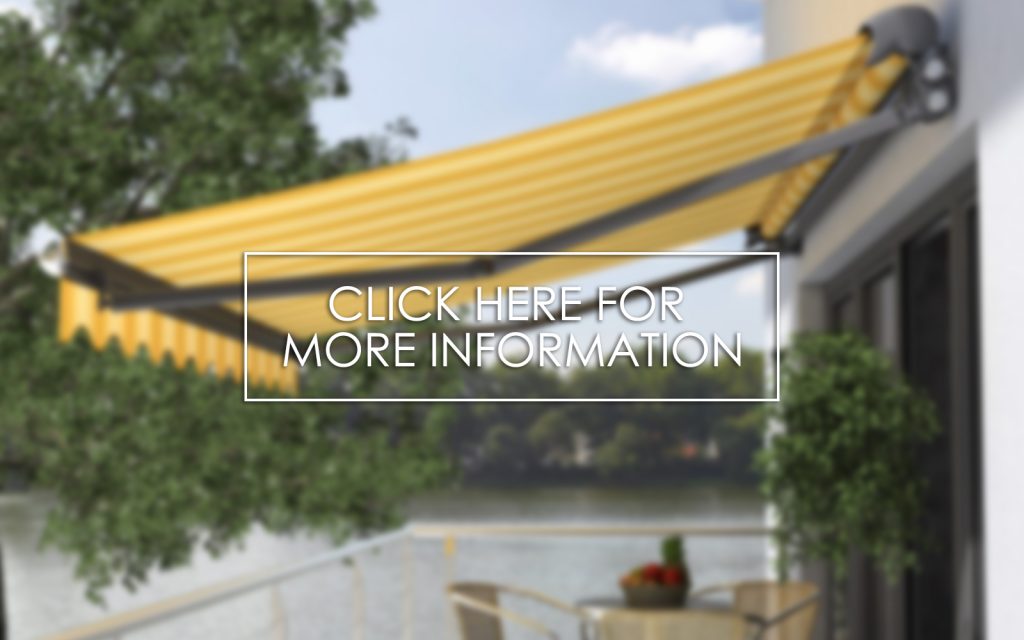Inspiration
We Have A Number Of Sources Of Solutions Thant Should Prove Inspirational For You.

With a wide variety of possibilities, it can be daunting to purchase a new awning for those unfamiliar with the product itself. From different styles, makes, models and more, it can understandably seem like an overload of information.
We are commonly asked what the difference between an open, semi and full cassette awnings are, and what their different uses can be. In this short piece, we hope to make the difference between the three styles clear and examine the different uses for them in both domestic and commercial settings.
The cassette itself is the casing which houses the fabric, mechanism and arms, and provide protection against the elements.
A full cassette provides complete protection when the awning is fully retracted and this makes it perfect for shops, cafes and more, as well as being the ideal cassette type for the notoriously changeable British weather. This is the ultimate protection for the awning and whilst this is certainly reflected in the prices, the safety and reliability of these, as well as the impressive aesthetics, make them extremely popular.
An open cassette meanwhile provides no external casing to protect from the elements for the arms or fabric, however a protective top cover can sometimes be added. The lack of casing means these are best suited to areas involving an overhang, however the lack of casing means these can often span far greater areas than cassette awnings, and are also usually less expensive too.
A semi cassette awning contains a top that is protected by casing that will protect from a certain amount of weather damage. They can also have additional guards added to enhance protection. These are useful as a mid point between the full and open cassette awnings.
As a general rule, all of these awnings are suitable for both commercial and domestic applications, but they have specific strengths and ensuring you have the right awning for your needs and property is crucial.
 |
 |
 |
 |
With such stark differences between the three kind of awnings, they are understandably useful for various purposes.
A full cassette awnings like the Markilux 990, are without a doubt the best awning for an all year round protection system, and they look fantastic, with a range of designs aimed to ensure there is always an awning that will suit your property. With the British weather notoriously changeable, these offer full protection and reliability. The cassette however does limit the sizes possible due to the need to fit the arms into the cassette. If your property is exposed to the elements, a full cassette awning is definitely the best option.
Semi cassette awnings are a little more diverse than full cassette awnings, and are a little cheaper too due to the lack of a full casing. Whilst this has benefits beyond price and adaptability, it should be noted that you do not have full protection for the fabric and mechanisms, and this can be an issue in adverse weather conditions. The lack of a full cassette also means that these can have extended arm sizes, meaning these are an excellent option for properties needing to cover larger spaces with only a little cover for the awning.
Open cassette awnings, such as the Markilux 1700, are completely unprotected, with no casing at all for the fabric and mechanism. This of course means these awnings suit drier climates or properties with alcoves and overhands to protect them from the weather. The benefits of these however are the ability to cover greater projections than the width due to lack of casing, as well as being noticeably less expensive. These are fantastic for enclosed spaces or large open areas with an alcove or overhang.
